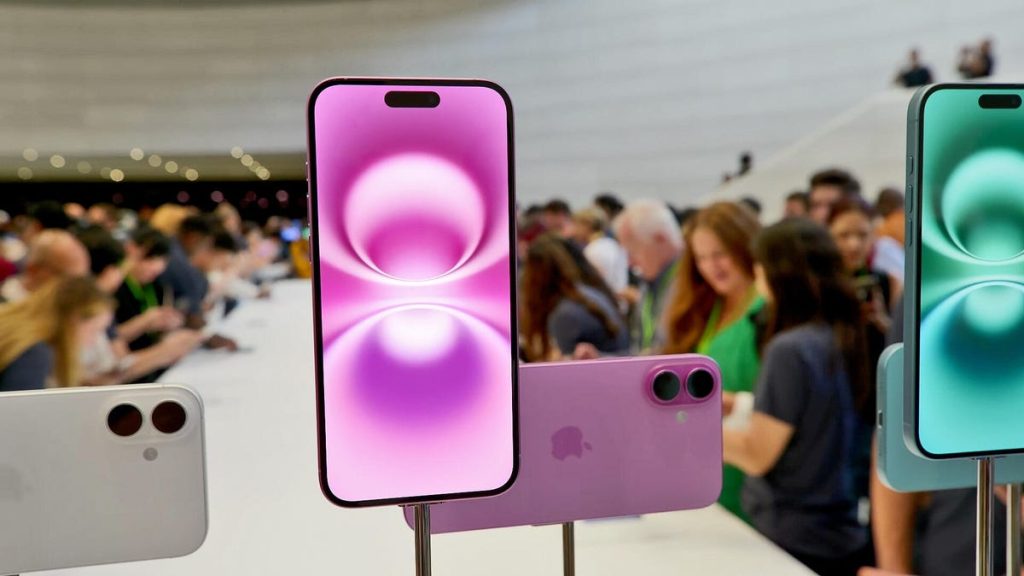Apple recently unveiled its newest iPhones, the iPhone 16 and iPhone 16 Plus, at its Glowtime event. The key differences between these models and the previous iPhone 15 are the introduction of a dedicated camera button, an Action button, a new A18 processor, and improvements to zoom camera quality. Apple is positioning these new phones as the first to be built for Apple Intelligence, a time when tech companies are competing to incorporate more AI into their products. The pricing for the base models remains the same as last year, with the iPhone 16 starting at $799 and the iPhone 16 Plus starting at $899. Preorders will begin on Friday, with the phones hitting stores on September 20.
One of the standout features of the iPhone 16 is the redesigned rear camera setup, with the sensors now aligned vertically. This allows for spatial photos and videos that can be viewed on Apple’s Vision Pro headset. The addition of a dedicated camera control button and an Action button adds convenience and customization to the user experience. The Camera Control button allows for easy access to various camera settings and shooting modes with a touchpad-like functionality. Additionally, the Action button enables users to set shortcuts for specific apps or tasks, making the phone more personal and customizable.
The iPhone 16 will run on the new A18 processor, capable of leveraging Apple Intelligence AI features. While Apple claims the new phones will have a “bigger battery,” specific details on battery life improvements were not provided during the presentation. However, the specs page indicates that both models will offer extended video playback times compared to the iPhone 15. The phones can be charged via USB-C, MagSafe, or Qi2 wireless charging. MagSafe charging now supports faster 25-watt speeds, an upgrade from the previous max of 15 watts on the iPhone 15.
In terms of color options, the base iPhone 16 and 16 Plus will come in white, black, ultramarine (blue), teal (green), and pink. These vibrant color choices add a fun and colorful touch to the new models. Overall, the improvements in camera functionality, processor performance, battery life, and customization options make the iPhone 16 a notable upgrade over its predecessor. The introduction of Apple Intelligence raises questions on whether the new AI features justify the upgrade for users. More in-depth assessments will be available once users have had a chance to explore the devices further and experience the full capabilities of Apple Intelligence.
The iPhone 16’s cameras feature a 48-megapixel main shooter, capable of 2x telephoto shots at 12 megapixels, and a new ultrawide sensor promising the ability to capture 2.6x more light. The Camera Control button and upcoming visual intelligence feature demonstrate Apple’s focus on leveraging the camera not just for capturing photos but also for exploring and learning about the world around us. While the visual intelligence feature will be launched later this year, its potential for enhancing user interactions with the phone’s camera is intriguing. The sleek design and updated technology in the iPhone 16 series indicate a continued commitment by Apple to innovate and provide cutting-edge features to its customers.












